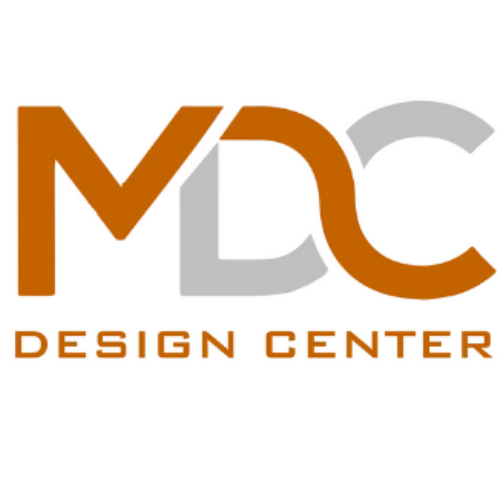Small kitchen design doesn’t have to mean sacrificing style for functionality. With the right approach, even the tiniest cooking spaces can become efficient, beautiful, and highly functional areas that serve all your culinary needs. Whether you’re working with an apartment kitchen or planning a compact kitchen remodel, smart layout choices can transform your space into a design masterpiece.
At MDC Design Center, we understand that maximizing every square inch is crucial when designing small kitchens. Our expert team has helped countless homeowners create stunning, space-saving kitchen solutions that prove size doesn’t limit style or efficiency.
Contents
Understanding Small Kitchen Design Principles
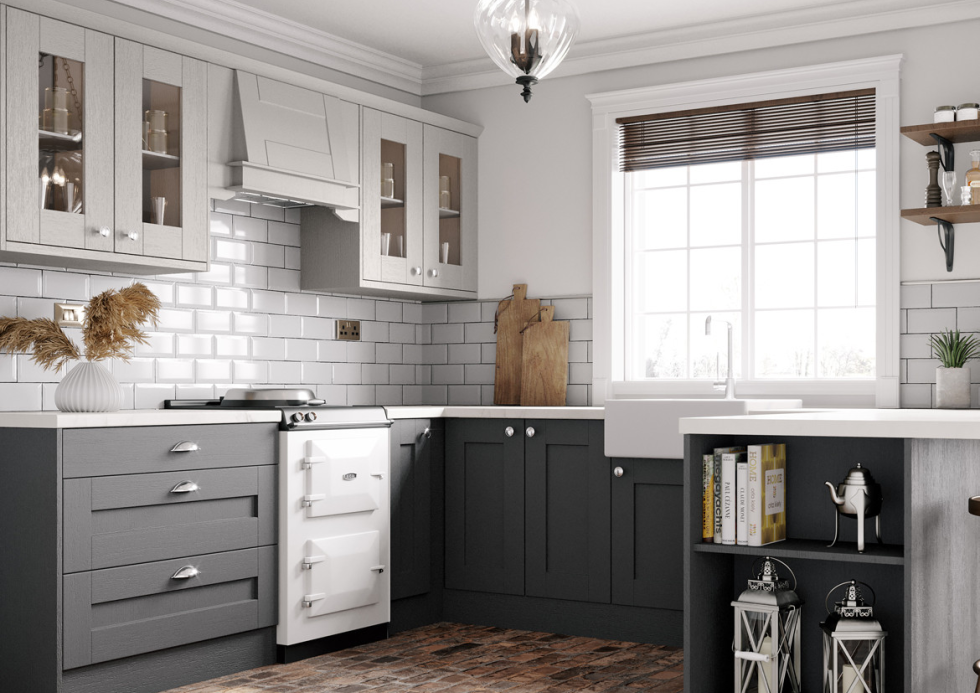
Credit: Cash and Carry Kitchens
The Kitchen Work Triangle Concept
The foundation of any efficient kitchen layout begins with understanding the kitchen work triangle – the relationship between your sink, stove, and refrigerator. In small kitchen design, this triangle becomes even more critical as every step counts. The ideal triangle should have sides measuring between 4 and 9 feet, with no obstacles blocking the path between these three essential areas.
For compact kitchen designs, consider how you move through your space during meal preparation. A well-planned triangle reduces unnecessary steps and creates a natural workflow that makes cooking more enjoyable, even in the smallest spaces.
Maximizing Vertical Space
One of the most overlooked aspects of small kitchen layout ideas is utilizing vertical space effectively. Think beyond standard upper cabinets and consider extending storage all the way to the ceiling. This approach not only provides additional storage but also draws the eye upward, making your kitchen appear larger than it actually is.
Wall-mounted shelving, magnetic strips for knives, and hanging pot racks can free up valuable counter and cabinet space while keeping essential items within easy reach.
Creating Visual Flow
Visual continuity is essential in apartment kitchen design. When elements flow seamlessly from one area to another, the space feels more open and less cramped. This can be achieved through consistent color schemes, matching hardware, and strategic placement of design elements that guide the eye through the space.
Best Small Kitchen Layout Options
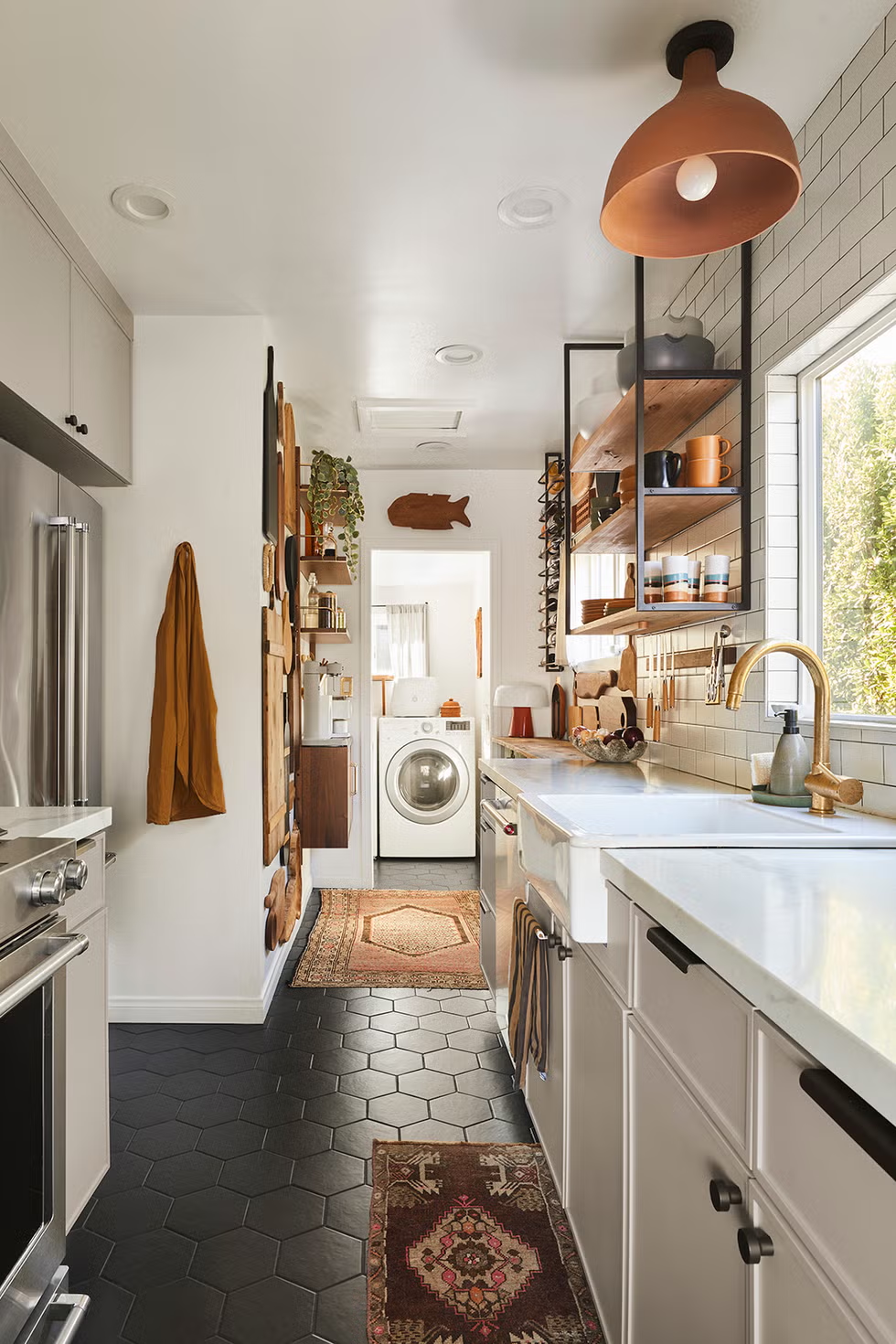
Credit: Good Housekeeping
Galley Kitchen Design Excellence
The galley kitchen design remains one of the most efficient layouts for small spaces. With counters and appliances running along two parallel walls, this layout maximizes functionality while maintaining a clear pathway through the kitchen. Modern galley kitchens can feel surprisingly spacious when designed with light colors and strategic lighting.
Key advantages of galley layouts include excellent workflow efficiency, maximum counter space utilization, and the ability to create distinct zones for different kitchen activities. Consider adding a kitchen island on wheels if space permits, providing additional prep space that can be moved when not needed.
L-Shaped Small Kitchen Layouts
L-shaped configurations work exceptionally well in small kitchen floor plans, especially in open-concept homes. This layout provides ample counter space while creating a natural division between the kitchen and adjacent living areas. The corner space in L-shaped kitchens can be challenging, but modern corner cabinet solutions make this area highly functional.
This layout is particularly effective for tiny kitchen remodels where you want to maintain an open feel while maximizing storage and work surfaces. The L-shape naturally creates the work triangle while leaving space for a small dining area or kitchen island.
One-Wall Kitchen Solutions
For extremely compact spaces, the one-wall kitchen layout offers a streamlined solution that places all appliances and storage along a single wall. This efficient kitchen layout works particularly well in studio apartments or as part of an open-concept design where the kitchen needs to blend seamlessly with living spaces.
Success with one-wall layouts depends on careful planning of appliance placement and creative storage solutions. Consider using the opposite wall for a pantry cabinet or additional storage to supplement the main kitchen wall.
Space-Saving Storage Solutions
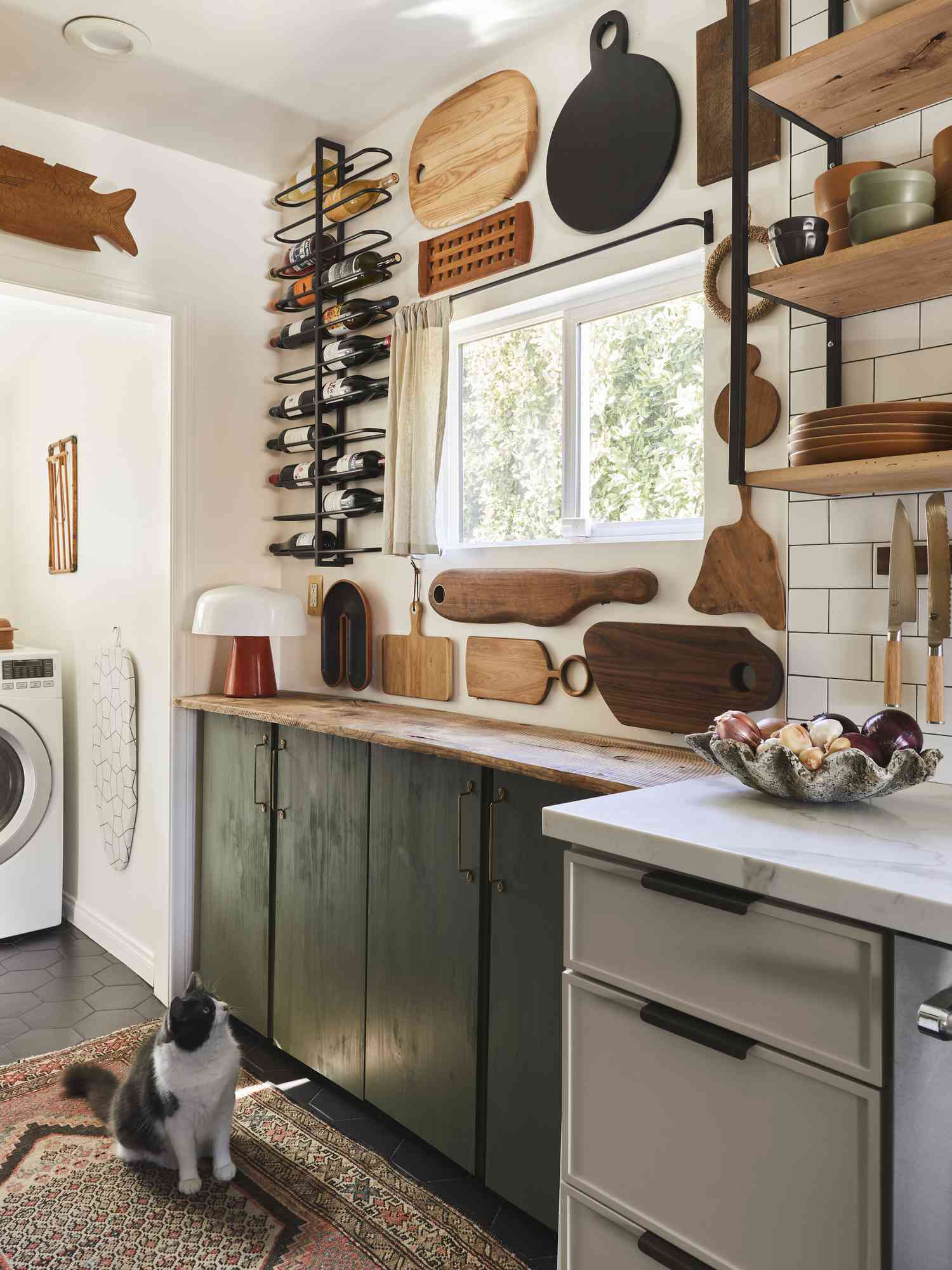
Credit: The Spruce
Innovative Cabinet Solutions
Modern small kitchen ideas heavily emphasize smart cabinet design. Pull-out drawers in lower cabinets make accessing items easier and more efficient than traditional shelving. Corner cabinets with lazy Susans or pull-out systems transform awkward spaces into highly functional storage areas.
Consider installing cabinets with varying depths to accommodate different items while maintaining a clean, streamlined appearance. Shallow upper cabinets can house dishes and glasses, while deeper lower cabinets accommodate pots, pans, and small appliances.
Multi-Functional Furniture
In space-saving kitchen layouts, every piece should serve multiple purposes. Kitchen islands with built-in storage, seating, and additional prep space are invaluable in small kitchens. Bar-height tables can serve as both dining surfaces and additional counter space when needed.
Rolling carts provide flexible storage and workspace that can be tucked away when not in use. These versatile pieces can hold everything from small appliances to extra dishes, adapting to your changing needs throughout the day.
Hidden Storage Opportunities
The best compact kitchen designs incorporate storage in unexpected places. Toe-kick drawers beneath base cabinets provide space for flat items like baking sheets and cutting boards. Inside cabinet doors can accommodate spice racks, cleaning supplies, or small kitchen tools.
Consider the space above your refrigerator for items used less frequently, and don’t forget about the potential storage space created by a well-designed kitchen backsplash with built-in niches or shelving.
Color and Lighting Strategies
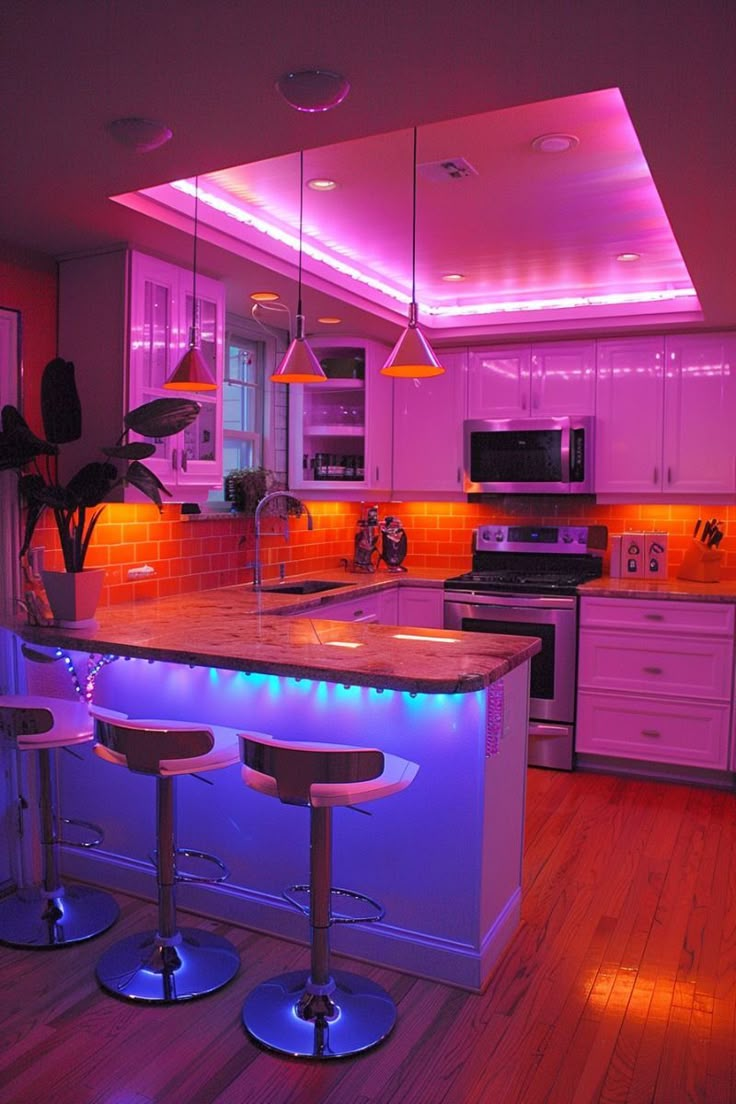 Light Color Palettes for Expansion
Light Color Palettes for Expansion
Color choice dramatically impacts how spacious your kitchen feels. Light, neutral colors reflect more light and create the illusion of expanded space. White, cream, and light gray cabinets paired with similarly light countertops and backsplashes create a cohesive, airy feeling.
However, don’t be afraid to add personality through accent colors. A colorful backsplash or vibrant accessories can add character without overwhelming the space. The key is maintaining balance and ensuring that bold elements enhance rather than dominate the design.
Strategic Lighting Design
Proper lighting is crucial in functional small kitchen design. Layer different types of lighting to create depth and eliminate shadows that can make spaces feel smaller. Under-cabinet lighting illuminates work surfaces while adding ambient light that makes the kitchen feel larger.
Pendant lights over islands or peninsulas provide task lighting while serving as decorative elements. Consider installing dimmer switches to adjust lighting levels throughout the day, creating different moods for cooking, dining, and entertaining.
Reflective Surfaces and Materials
Incorporating reflective materials strategically can significantly impact how spacious your kitchen feels. Glossy cabinet finishes, mirrored backsplashes, and stainless steel appliances all contribute to a brighter, more open feeling space.
Glass cabinet doors can make upper cabinets feel less heavy while showcasing attractive dishware. However, use reflective surfaces judiciously – too much can create a cold, sterile feeling rather than the warm, inviting atmosphere you want in your kitchen.
Modern Small Kitchen Features
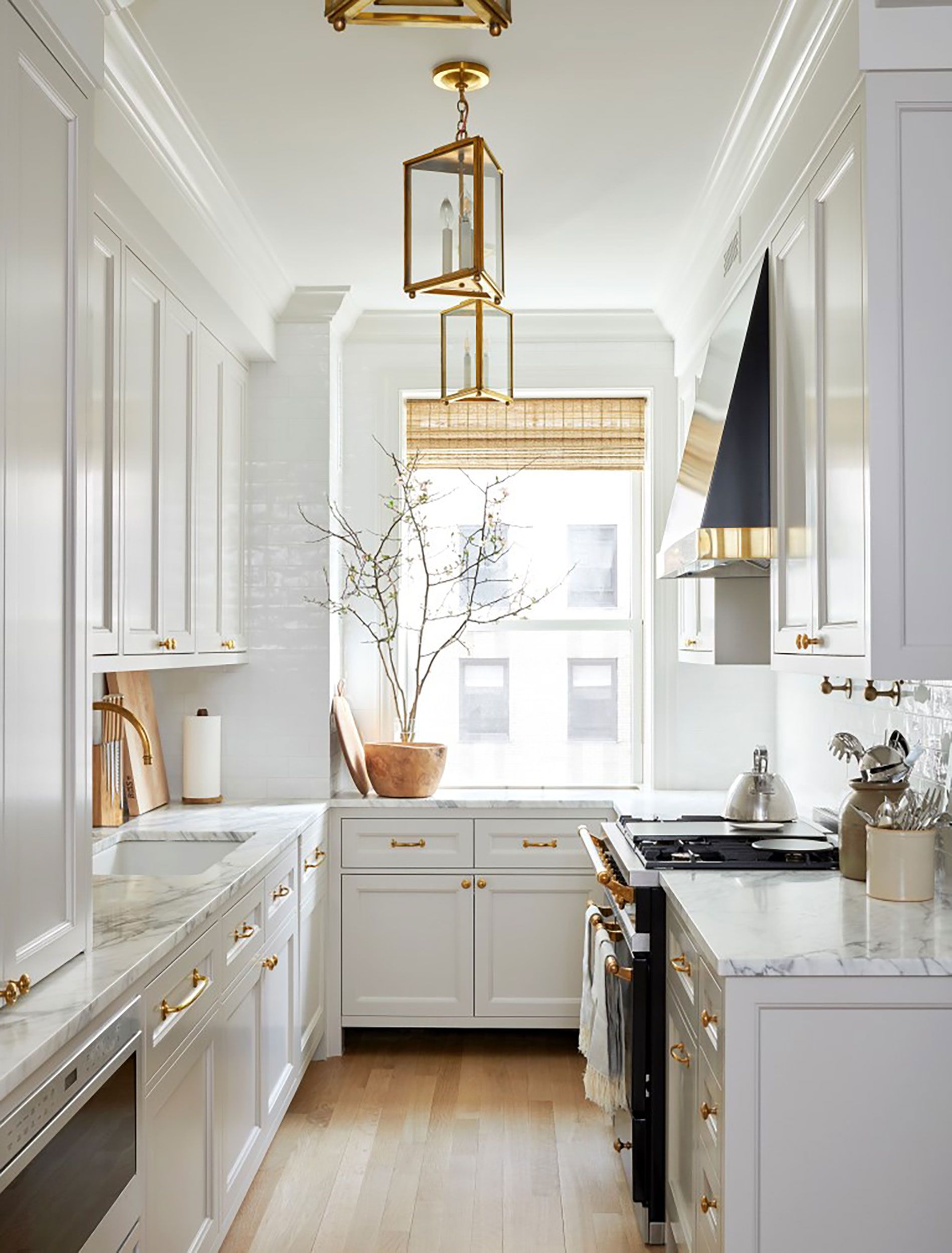
Credit: ELLE Decor
Smart Appliance Integration
Today’s efficient kitchen layouts benefit enormously from compact, multi-functional appliances. Counter-depth refrigerators maintain clean lines while providing full-size capacity. Combination microwave-convection ovens save space while offering cooking versatility.
Induction cooktops heat faster and more efficiently than traditional electric or gas options, while also providing a sleek, easy-to-clean surface. Drawer-style dishwashers can fit into spaces where traditional models won’t, and they’re often more water and energy-efficient.
Technology Integration
Modern small kitchen ideas increasingly incorporate smart technology that enhances functionality without requiring additional space. Smart faucets with voice activation, built-in charging stations for devices, and app-controlled appliances add convenience while maintaining clean, uncluttered surfaces.
Consider incorporating USB outlets into your design plan, allowing devices to charge without taking up valuable counter space. Smart home integration can control lighting, temperature, and even appliances from your smartphone, adding luxury to your compact space.
Flexible Design Elements
The best apartment kitchen layouts incorporate elements that can adapt to different needs. Fold-down tables provide extra prep space when needed but fold away when not in use. Sliding cabinet doors can save space compared to traditional hinged doors in tight quarters.
Modular storage systems allow you to reconfigure organization as your needs change. These flexible solutions ensure your small kitchen can evolve with your lifestyle while maintaining maximum efficiency.
Budget-Friendly Small Kitchen Ideas
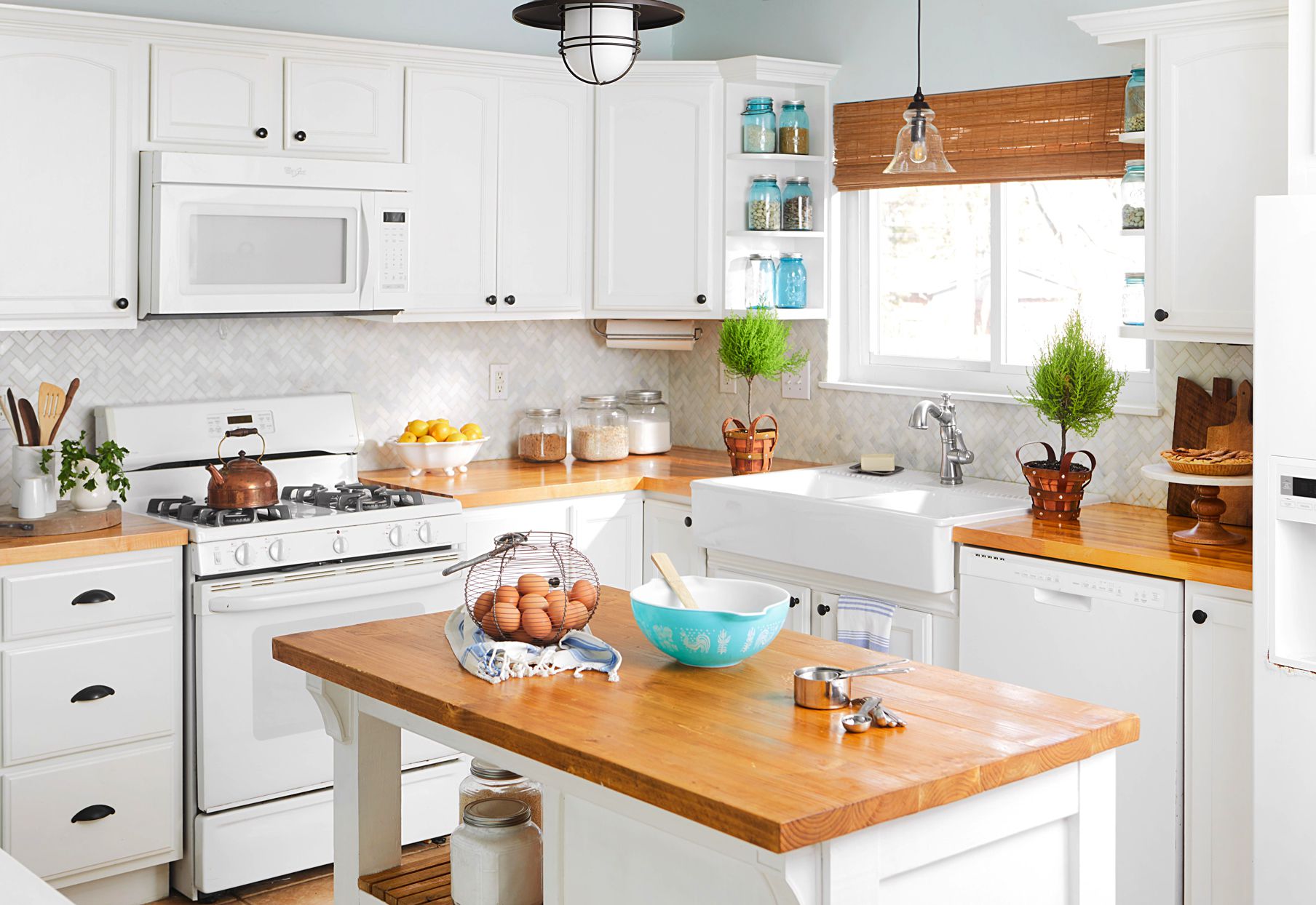
Credit: Better Homes & Gardens
DIY Storage Solutions
Creating additional storage doesn’t always require professional installation. Simple additions like magnetic strips for knives, adhesive hooks for utensils, and stackable shelf organizers can dramatically improve organization without major expense.
Open shelving can replace upper cabinets in some areas, creating a more open feeling while reducing costs. When done thoughtfully, open shelves can display attractive dishes and accessories while providing practical storage.
Strategic Upgrades for Maximum Impact
Focus renovation budgets on changes that provide the biggest visual and functional impact. Painting existing cabinets instead of replacing them can transform your kitchen’s appearance at a fraction of the cost. New hardware, lighting fixtures, and a fresh backsplash can modernize the space without major construction.
Consider keeping existing appliances if they’re functional and focusing budget on layout improvements and storage solutions. Sometimes the most effective tiny kitchen remodel involves reorganizing and optimizing what you already have.
Phased Renovation Approach
Small kitchen remodels can be completed in phases, spreading costs over time while maintaining kitchen functionality. Start with organizational improvements and cosmetic updates, then move to more significant changes like cabinet modifications or appliance upgrades.
This approach allows you to live with changes and determine what works best before committing to larger investments. It also provides flexibility to adjust plans based on how you actually use your space once initial improvements are in place.
Professional Design Consultation
At MDC Design Center, our experienced designers specialize in creating beautiful, functional small kitchens that maximize every square inch. Our kitchen remodeling services include comprehensive space planning, custom storage solutions, and expert installation to ensure your small kitchen performs as beautifully as it looks.
Whether you’re planning a complete renovation or looking for strategic improvements, our team can help you navigate the unique challenges of small kitchen design while staying within your budget and timeline.
FAQ
How can I make my small kitchen look bigger?
Use light colors throughout the space, incorporate reflective surfaces like glossy cabinets or mirrored backsplashes, extend cabinets to the ceiling, and ensure adequate lighting. Removing upper cabinets in favor of open shelving can also create a more spacious feeling.
What storage solutions work best in small kitchens?
Focus on vertical storage, pull-out drawers in lower cabinets, corner cabinet solutions like lazy Susans, and multi-functional furniture. Don't overlook hidden storage opportunities like toe-kick drawers and inside cabinet doors.
How much does a small kitchen remodel cost?
Small kitchen remodels can range from $15,000 to $50,000 depending on the scope of work, materials chosen, and whether you're doing a complete renovation or strategic updates. Phased approaches can help manage costs over time.
Can I have an island in a small kitchen?
Yes, but it needs to be appropriately sized. Consider a narrow island, rolling cart, or peninsula instead of a traditional island. Ensure at least 36 inches of clearance on all sides for comfortable movement through the space.
Conclusion
Creating a stylish yet practical small kitchen requires careful planning, smart storage solutions, and strategic design choices. By focusing on efficient layouts, maximizing vertical space, and incorporating modern features, even the smallest kitchens can become highly functional and beautiful spaces.
Remember that successful small kitchen design is about making every element work harder and smarter. With the right approach and professional guidance, your compact kitchen can become the heart of your home, proving that great design isn’t about size – it’s about smart solutions and thoughtful planning.
Ready to transform your small kitchen into a stylish, functional space? Contact MDC Design Center today to schedule your consultation and discover how our expert team can help you maximize your kitchen’s potential while staying within your budget and timeline.
Sources
- National Kitchen & Bath Association. “Kitchen Planning Guidelines.” NKBA.org
- Better Homes & Gardens. “Small Kitchen Design Ideas.” BHG.com
- Architectural Digest. “Small Kitchen Layout Ideas.” ArchitecturalDigest.com
- House Beautiful. “Space-Saving Kitchen Storage Solutions.” HouseBeautiful.com
- Kitchen & Bath Design News. “Compact Kitchen Trends 2024.” KBDNews.com
